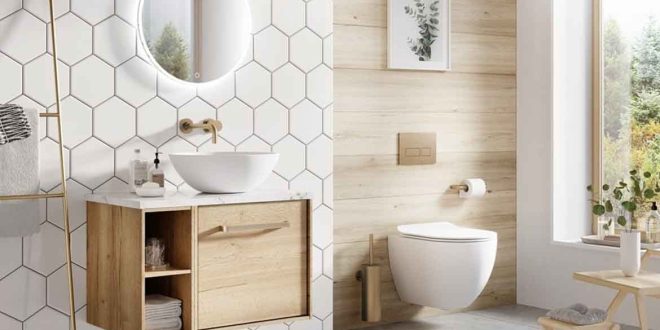Most people don’t pay much attention to their toilets. As long as it’s clean and functioning well, we are usually content for it to quietly get the job done without much thought. It’s only when you need to replace your toilet that you start to realize just how complex the everyday toilet is.
According to fluidplumbingservices.com.au, understanding how a toilet works and familiarizing yourself with the different types of toilets available can help you choose the best option for your home.
Choosing the right toilet as part of your bathroom renovation is a little more complex than it looks. To help out we’re going to cover the basics of how a toilet works and the different types of toilets you can choose from to help you find the best match for your home.
The typical toilet suite
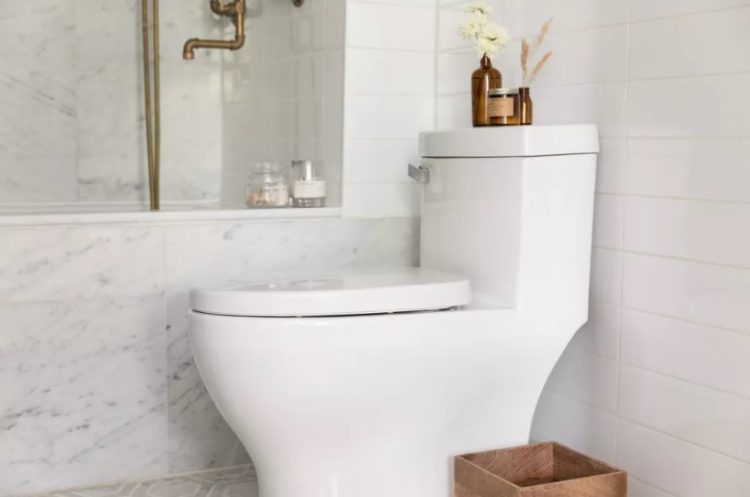
Western-style toilets are made up of two key parts:
- The cistern
- The bowl (aka the toilet pan)
The cistern sits above the bowl, either wall-mounted or resting on the bowl unit. It houses the parts that help the toilet flush including the flush trigger. The bowl is the seat and water is held in the base to catch the waste and remove it.
Pushing the flush button activates the flow of water from the cistern to the bowl to eject the wastewater. The cistern then fills with fresh water ready for next time.
The S trap, P trap, and skew trap – the set out
How your wastewater exits your toilet is determined by the way the pipe in the bowl bends. In plumbing terms, this is referred to as the set-out. If your toilet is resting on the ground it’s most likely going to have an S Trap set out. This is by far the most common type of toilet in Australia and involves the pipes exiting directly below the toilet, through the floor.
If you have (or wish to have) a wall-mounted toilet then this will need pipes that exit through the back wall. This is known as a P Trap set out.
If you are working in a small space then you might also want to look into options for a skew trap that allows the flow of wastewater to go around either side of the pan. While far less common in Australia the skew trap is compact and a real space saver.
If you are replacing your existing toilet the best option is to stay with whatever the current bathroom set out is. If you have ground sewerage pipes, stick with the S Trap toilet. This way you save costs with installations and avoid any fiddly plumbing work moving the connecting pipes and closing over old ones.
Water inlets
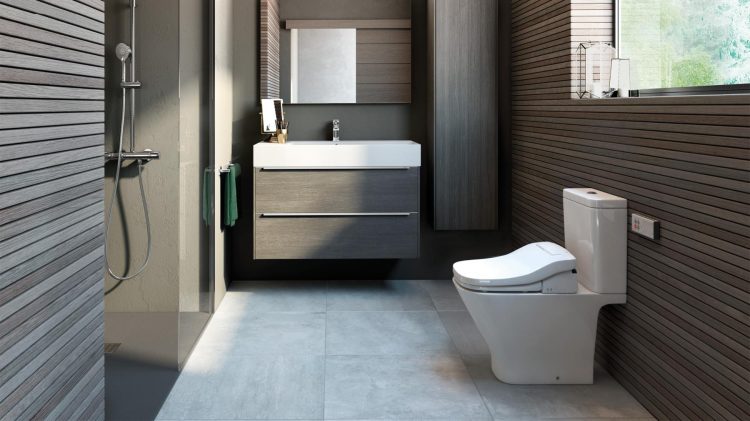
When it comes to your water inlet options – the fresh water supplied to the cistern – there are two choices. This will be determined by the type of cistern you buy, rather than your current home connection.
Bottom inlet
A flexible copper pipe is located under the cistern. The plumbing for a bottom inlet is exposed so you will see an external tap that connects to the water supply. This option is easy to connect on your own.
Back inlet
The copper pipe can also be connected at the back of the system. This one will be completely concealed by the unit. As well as looking neater, this design also requires less cleaning, however, you’ll need to use a qualified plumber to assist with the installation to get everything working and sitting perfectly.
Modern cisterns usually cater to both options. A qualified plumber can let you know your options and any adjustments needed to fit your preferences.
Toilet designs
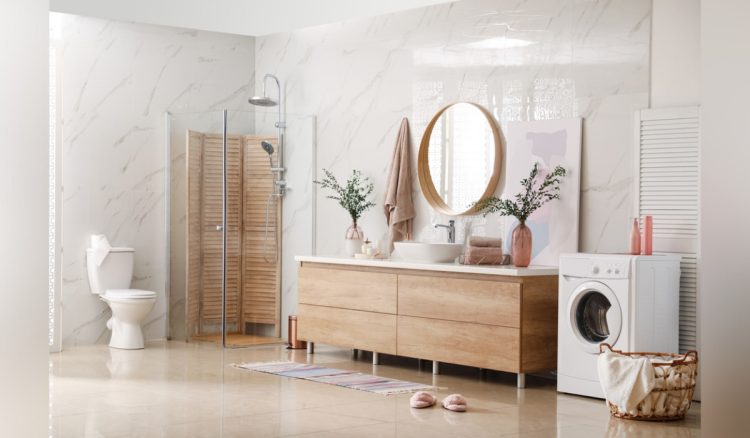
New toilet designs look to provide a sense of luxury in the home, as well as reduce cleaning problems which have been such a headache for homeowners in the past.
These will increase your unit purchase price but come with great benefits that are both aesthetic as well as environmentally friendly as you’ll be using fewer cleaning chemicals, especially if you opt for a rimless toilet.
There are a number of toilet designs on the market:
1. Link toilets (also called connector toilets)
This is the traditional two-part toilet suite where the cistern and bowl are separate. They are joined by a connecting pipe, although there are options for this pipe to be concealed.
This remains one of the most popular choices for Australians due to the low purchase price and easy installation.
2. Close-coupled toilets
These suits close the gap between the cistern and bowl by placing the cistern directly on the back of the bowl. The S or P trap pipes will still be exposed at the back so you will need to continue dusting and cleaning behind your toilet, however, it is a neater design.
3. Back-to-wall toilets
This design is a closed coupled toilet that conceals the bowl pipe and brings the whole suite flush against the wall for a neat and seamless modern look and less cleaning.
4. Concealed cistern toilets
While the cistern of the toilet is always required, it doesn’t need to be visible to work. Concealed cisterns are designed so the cistern sits behind a panel, giving you more space, a cleaner look, and less cleaning.
The only cistern part still visible is the flush button although a plumber can still access the unit for repairs if needed.
The cistern and bowl are sold separately so it’s important to make sure they are compatible before you make your purchase.
Toilet seats
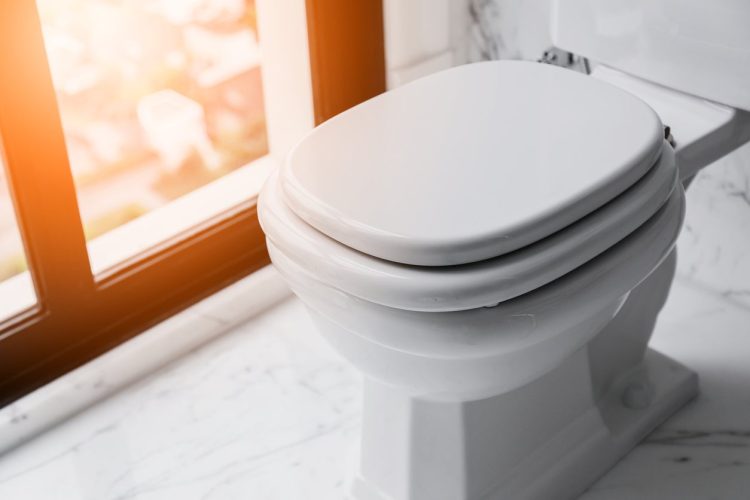
One way to increase the modern look of your bathroom is by adding a soft closing lid. The lid will slowly release with a small nudge and come to a gentle rest against the bowl.
Bidets and smart toilets
At the simplest level, you can easily add a bidet to your seat using a split connection to your inlet hose. It is always helpful to work with a qualified plumber for any change in the water supply to your home to make sure things go smoothly.
Bidets can range from a simple hand-operated tap or switch to a complex smart toilet that allows you to change water pressure and water temperature at the touch of a button.
The right toilet for your space will depend on a number of factors that will be unique to your home. A little research and planning before you get started will allow you to plan out a new toilet that fits your needs and expectations when completed.
 Hi Boox Popular Magazine 2024
Hi Boox Popular Magazine 2024
